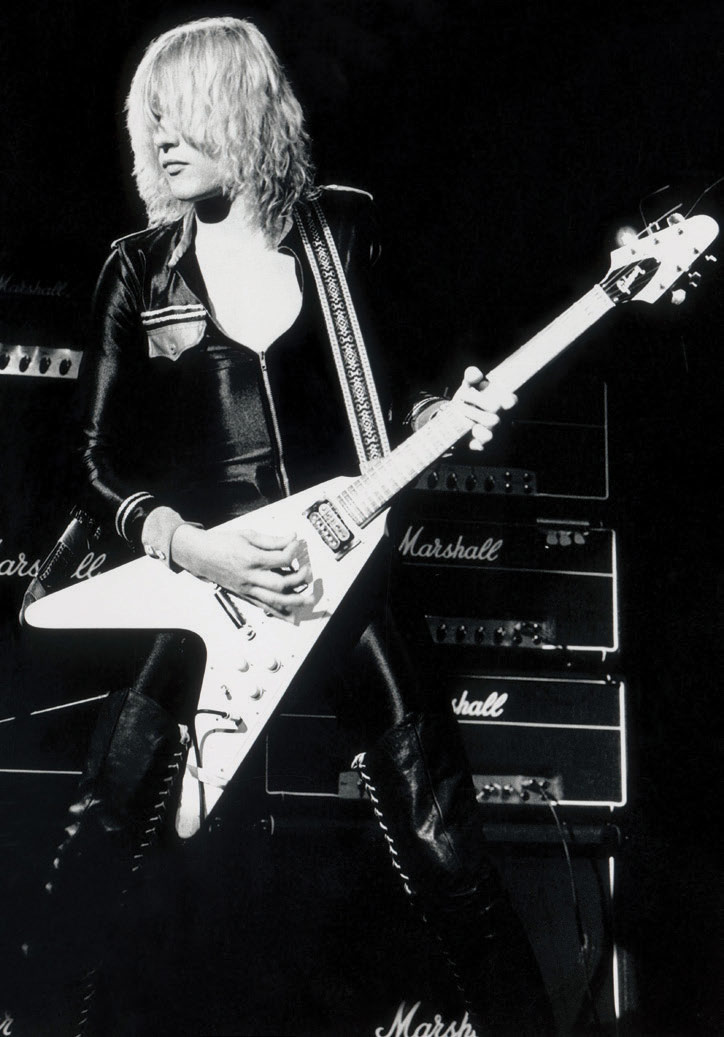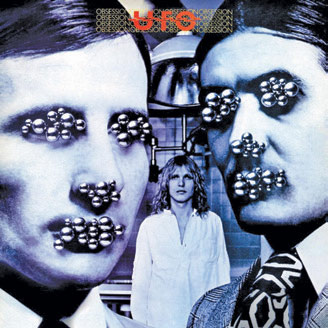The Secrets Behind Michael Schenker's Tone on UFO's "Only You Can Rock Me"

For the recording of UFO’s Obsession album, producer Ron Nevison rented a building that formerly was a U.S. Postal Service sorting facility, located on West Third Street near the center of Beverly Hills, and employed the services of the Record Plant Mobile recording truck. In interviews, band members recalled that the idea was to replicate the band’s live sound in a more controlled environment, but this is only partially true as few tracks actually benefited from the acoustics of this large, empty warehouse with high ceilings and concrete floors—mostly just the drums, bass and Michael Schenker’s lead fills and solos.

The end result of Nevison’s approach was more of a combination of studio polish and live energy. This is most apparent in Schenker’s various guitar textures on the album, which provide a great example of how contrasting tones can be a very useful approach in the studio. Schenker’s lead tones sound massive and powerful, especially on “Only You Can Rock Me” where Nevison recorded Schenker playing his trademark Gibson Flying V through a 50-watt Marshall stack turned up full blast, with the natural reverb of the warehouse setting providing the “larger than life” live sound the band was seeking.
The rhythm tracks, however, were created using an almost opposite approach, with Schenker plugging into a tiny, battery-powered five-watt Pignose 7-100 with a five-inch speaker that was recorded bone dry. The crunchy, nasal midrange of the Pignose occupies a relatively narrow range of the sonic spectrum, making Schenker’s solos sound much bigger in comparison than they would with the accompaniment of the usual wall of rhythm guitars also played through Marshalls. Schenker also used the Pignose with a Cry Baby wah pedal for the horn-like melodic parts he played on “Ain’t No Baby,” “Born to Lose” and “Lookin’ Out For No. 1 (Reprise),” but on “Only You Can Rock Me” his solos are pure, unadulterated Gibson-into-Marshall nirvana.

ORIGINAL GEAR
GUITAR: 1971 Gibson Flying V (bridge pickup); volume: 10, tone: 10 Amps: 1977 Marshall model 1987 JMP MK2 50-watt head with two 4x12 Marshall cabs with Celestion 25-watt G12M “greenback” speakers (lead and solo tracks) (Input I upper left, Presence: 7, Bass: 5, Middle: 6, Treble: 1, Volume I: 9); Pignose 7-100 (rhythm tracks) (Volume: 10)
EFFECTS: None
STRINGS/TUNING: Fender Rock N’ Roll .009-.040/Standard
PICK: Herco Heavy nylon
GET THE SOUND, CHEAP!
● Dean V 79
● Marshall DSL20CR
● Pignose 7-100
Get The Pick Newsletter
All the latest guitar news, interviews, lessons, reviews, deals and more, direct to your inbox!
TONE TIP: For the solos, use the Marshall’s Classic Gain channel with the Gain between 7 and 8 and the Volume all the way up, and dial in just enough reverb (but not too much) to sound more like a spacious hall than a large room.
Chris is the co-author of Eruption - Conversations with Eddie Van Halen. He is a 40-year music industry veteran who started at Boardwalk Entertainment (Joan Jett, Night Ranger) and Roland US before becoming a guitar journalist in 1991. He has interviewed more than 600 artists, written more than 1,400 product reviews and contributed to Jeff Beck’s Beck 01: Hot Rods and Rock & Roll and Eric Clapton’s Six String Stories.










